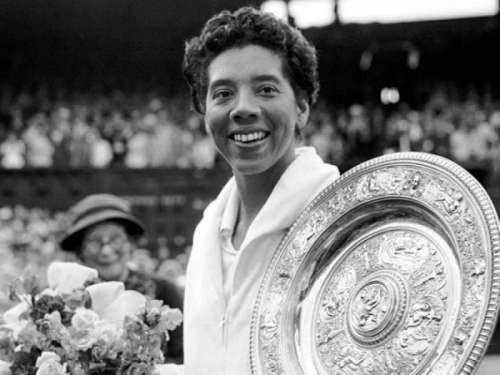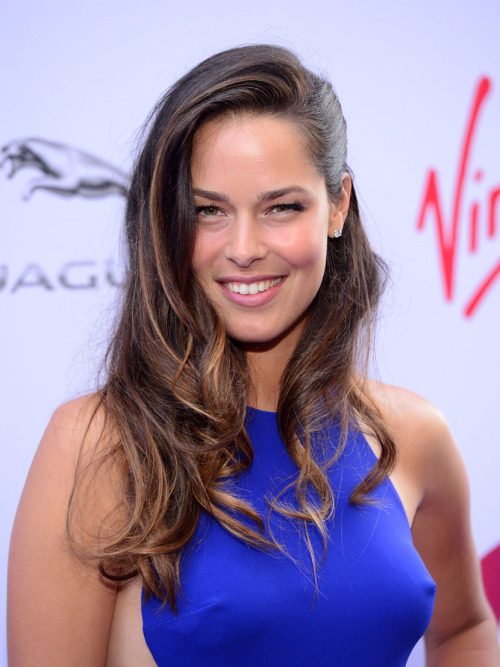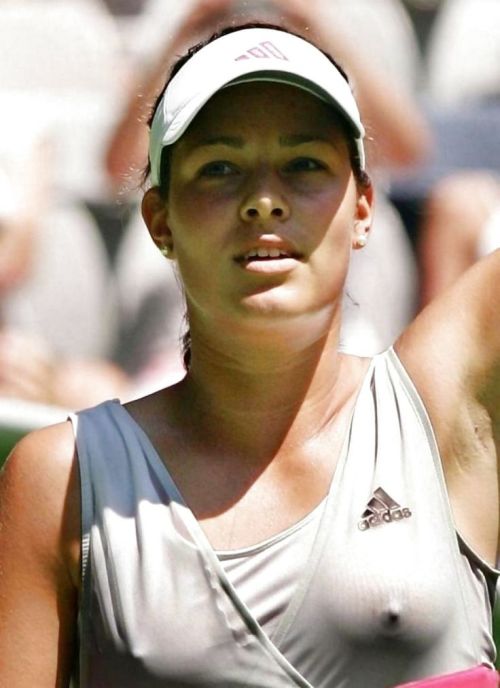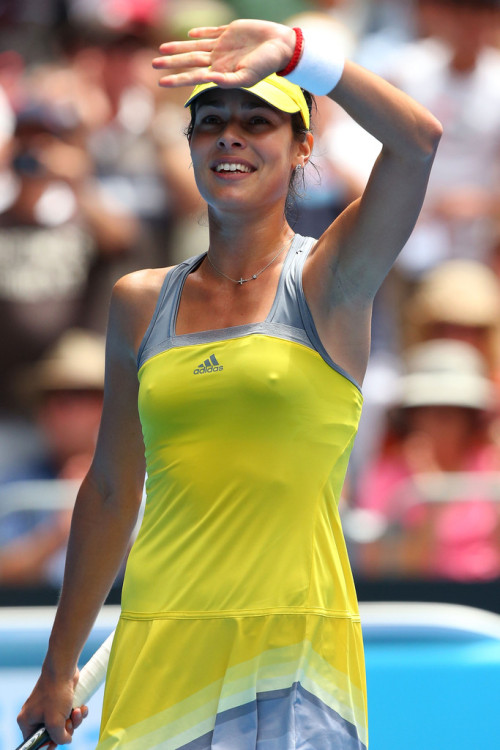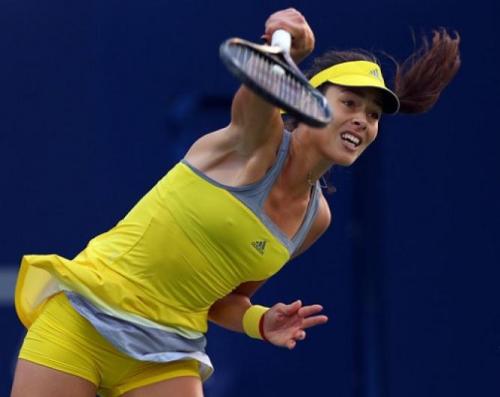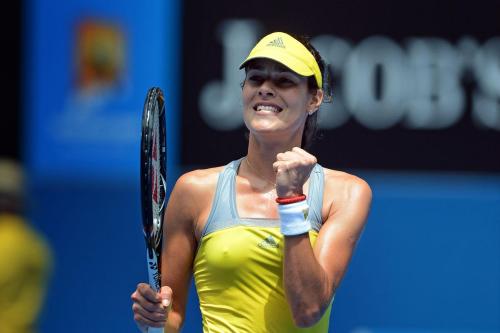#tennis player
New!
Camila Giorgi
for her Instagram
News
=============================================================
If you want uncensored pictures visit my new blog at In search of beauty and please let me know what you think about
=============================================================
Please help me to keep this site alive with a little contribution here
Discover the world of cryptocurrencies on Coinbase
Post link
Happy Birthday Scottish tennis player and three time grand slam tournament winner Andy Murray.
Born in Glasgow on May 15, 1987, to Judy and William Murray, Andrew Barron Murray grew up in Dunblane and began playing tennis at age 3. A former competitive tennis player, Judy coached Andy and his older brother, Jamie, in their early years.
In March 1996, while 8-year-old Murray was sitting in his classroom at Dunblane Primary School, an armed man by the name of Thomas Hamilton entered the facility and shot and killed 17 people — 16 students and one teacher — before committing suicide by turning the gun on himself. During the horrible event, Murray ran and hid in his headmaster’s office.
Murray scored a major youth championship when he won Florida’s Orange Bowl in his age group in 1999. In 2004, he became the world’s No. 1 junior after winning the U.S. Open junior title. Later that year, he was named the BBC’s “Young Sports Personality of the Year.”
Shortly after becoming the youngest player to compete in the Davis Cup for Britain. Murray made his professional debut in April 2005. In 2006, with new coach Brad Gilbert, Murray beat top-ranked Roger Federer in Round 2 of the Cincinnati Masters tournament. Also that year, he defeated Andy Roddick en route to winning the SAP Open for his first ATP title. In 2007, Murray claimed a second straight SAP Open and also won the St. Petersburg Open to break into the Top 10 rankings.
Murray emerged in the tennis spotlight when he defeated Spanish sensation Rafael Nadal to reach the final of the 2008 U.S. Open, before losing to Federer. He ascended to No. 2 in the world in 2009, and finished runner-up at the Australian Open in both 2010 and 2011.
In 2012, Murray made it to the Wimbledon final for the first time with his semifinal win over Jo-Wilfried Tsonga. Murray’s victory made Scotland proud — he was the first tennis pro from Great Britain to reach the Wimbledon final since 1938. However, Murray lost in the final to Federer, who claimed his seventh Wimbledon win.
Andy avenged his Wimbledon loss at the 2012 Summer Olympic Games, held in London, where he beat Federer to take his first Olympic gold medal. That September, he continued to burn up the courts with an impressive run through the U.S. Open field. Murray scored an impressive victory over Novak Djokovic in a tough three sets to clinch his first Grand Slam title, becoming the first player from Great Britain since 1977 — and the first since 1936 — to win a Grand Slam singles tournament.
After losing to Djokovic at the 2013 Australian Open, Murray made history that summer by defeating the Serbian player to claim the Wimbledon men’s singles championship. He was the first British male to win the tournament in 77 years and the second Scottish-born player to win Wimbledon since Harold Mahony in 1896.
Murray underwent back surgery in September 2013 following his loss in the quarterfinals of the U.S. Open. His performance was uneven for much of the 2014 season, though he made news by hiring former women’s champion Amelie Mauresmo to be his coach.
The Scot was seemingly was back on track when he reached his fourth Australian Open final in early 2015. That March, he scored career victory No. 500 while competing at the Miami Open.
Murray followed with an impressive run at the 2015 French Open, battling back from a two-set deficit in the semifinals before succumbing to Djokovic. A few weeks later, he reached the semifinals of Wimbledon, but his hopes of advancing were cut short by the ageless Federer. Murray’s subsequent fourth-round loss at the U.S. Open not only thwarted his last chance for a major title in 2015, it snapped his streak of 18 consecutive appearances in a Grand Slam quarterfinal.
Murray began the 2016 season on a strong note, advancing to the Australian Open final before suffering another loss to his nemesis, Djokovic. However, he gained some revenge by defeating Djokovic to claim the Italian Open in May and then sustained his high level of play through the French Open. With his semifinal win over defending champion Stan Wawrinka, Murray became the first British player to reach the French Open final since 1937. However, his bid to add another Slam title fell short when he wound up on the losing end of a blistering Djokovic onslaught once again.
In July 2016, Murray advanced to the semifinals at Wimbledon after defeating Jo Wilfried-Tsonga. In the final, he upended Milos Raonic, the first Canadian man to make it to the Wimbledon final, 6-4, 7-6 (3), 7-6 (2). The victory was Murray’s third Grand Slam title.
The following month, Murray continued his sterling play by defeating Argentina’s Juan Martin del Potro at the Rio Games, making him the first male tennis player to successfully defend his Olympic singles title.
Hampered by a lingering hip injury for much of 2017, Murray wound up withdrawing from the U.S. Open in late summer. He then underwent surgery the following January.
Murray returned to competitive tennis in June 2018 and was back in Grand Slam action at that year’s U.S. Open, but struggled to get into a groove post-operation.
Just before the start of the 2019 Australian Open, Murray announced that his hip was still bothering him and he would likely retire by the conclusion of Wimbledon that summer, if not sooner. However, after battling through a first-round match that ended in defeat, he suggested he may undergo another operation in an attempt to regain mobility on the court. He eventually had BHR surgery in January 2019.
Murray returned to the professional tennis scene in June 2019 competing in several tournaments including Queen’s Club Championships, Wimbledon, Canadian Open and Winston-Salem Open. Sadly he has never been able to fully capture the form that saw him sit at the number one spot for 41 weeks.
In April 2015, Murray married longtime girlfriend Kim Sears at Dunblane Cathedral in his hometown. They have s son and three daughters; the youngest of the girls was born in March 2021.
Murray is on the leadership team of Malaria No More UK, a charity that raises funds and awareness to save lives in Africa, and a global ambassador for the World Wildlife Fund.
Heading into 2017, he was knighted in the New Year Honours for services to tennis and charity.
Post link
Inktober 16
Today’s is a bit simpler partially because I had some other work to catch up on but mostly because I’ve been having an evening of lots of ability insecurity feels yaaaaayyyyy
Post link

Bernarda Pera

Naomi Osaka number 1 player in the world

Ipek soylu

Tatiana Golovin

Eugenie Bouchard
Celebrating Black History Month: Althea Gibson – First African American to win Wimbledon, French and U.S. Open
Early Life and Career
Althea Neale Gibson was born on August 25, 1927, in Silver, South Carolina. Gibson blazed a new trail in the sport of tennis, winning some of the sport’s biggest titles in the 1950s, and broke racial barriers in professional golf as well.
At a young age, Gibson moved with her family to Harlem, a neighborhood in the borough of New York City. Gibson’s life at this time had its hardships. Her family struggled to make ends meet, living on public assistance for a time, and Gibson struggled in the classroom, often skipping school altogether. However, Gibson loved to play sports — especially table tennis — and she soon made a name for herself as a local table tennis champion. Her skills were eventually noticed by musician Buddy Walker, who invited her to play tennis on local courts.
After winning several tournaments hosted by the local recreation department, Gibson was introduced to the Harlem River Tennis Courts in 1941. Incredibly, just a year after picking up a racket for the first time, she won a local tournament sponsored by the American Tennis Association, an African American organization established to promote and sponsor tournaments for Black players. She picked up two more ATA titles in 1944 and 1945. Then, after losing one title in 1946, Gibson won 10 straight championships from 1947 to 1956. Amidst this winning streak, she made history as the first African American tennis player to compete at both the U.S. National Championships (1950) and Wimbledon (1951).
Gibson’s success at those ATA tournaments paved the way for her to attend Florida A&M University on a sports scholarship. She graduated from the school in 1953, but it was a struggle for her to get by. At one point, she even thought of leaving sports altogether to join the U.S. Army. A good deal of her frustration had to do with the fact that so much of the tennis world was closed off to her. The white-dominated, white-managed sport was segregated in the United States, as was the world around it.
The breaking point came in 1950, when Alice Marble, a former tennis No. 1 herself, wrote a piece in American Lawn Tennis magazine lambasting her sport for denying a player of Gibson’s caliber to compete in the world’s best tournaments. Marble's article caught notice, and by 1952 — just one year after becoming the first Black player to compete at Wimbledon — Gibson was a Top 10 player in the United States. She went on to climb even higher, to No. 7 by 1953.
In 1955, Gibson and her game were sponsored by the United States Lawn Tennis Association, which sent her around the world on a State Department tour that saw her compete in places like India, Pakistan and Burma. Measuring 5 feet, 11 inches, and possessing superb power and athletic skill, Gibson seemed destined for bigger victories.
In 1956, it all came together when she won the French Open. Wimbledon and U.S. Open titles followed in both 1957 and 1958. (She won both the women’s singles and doubles at Wimbledon in 1957, which was celebrated by a ticker-tape parade when she returned home to New York City.) In all, Gibson powered her way to 56 singles and doubles championships before turning pro in 1959.
For her part, however, Gibson downplayed her pioneering role. “I have never regarded myself as a crusader,” she states in her 1958 autobiography, I Always Wanted to Be Somebody. “I don’t consciously beat the drums for any cause, not even the negro in the United States.”
Commercial Success
As a professional, Gibson continued to win — she landed the singles title in 1960 — but just as importantly, she started to make money. She was reportedly paid $100,000 for playing a series of matches before Harlem Globetrotter games. For a short time, too, the athletically gifted Gibson turned to golf, making history again as the first Black woman ever to compete on the pro tour.
But failing to win on the course as she had on the courts, she eventually returned to tennis. In 1968, with the advent of tennis’ Open era, Gibson tried to repeat her past success. She was too old and too slow-footed, however, to keep up with her younger counterparts.
Later years and Death
Following her retirement, in 1971, Gibson was inducted into the International Tennis Hall of Fame. She stayed connected to sports, however, through a number of service positions. Beginning in 1975, she served 10 years as commissioner of athletics for New Jersey State. She was also a member of the governor’s council on physical fitness.
But just as her early childhood had been, Gibson’s last few years were dominated by hardship. She nearly went bankrupt before former tennis great Billie Jean King and others stepped in to help her out. Her health, too, went into decline. She suffered a stroke and developed serious heart problems. On September 28, 2003, Gibson died of respiratory failure in East Orange, New Jersey.
Source:https://www.biography.com/athlete/althea-gibson
Post link





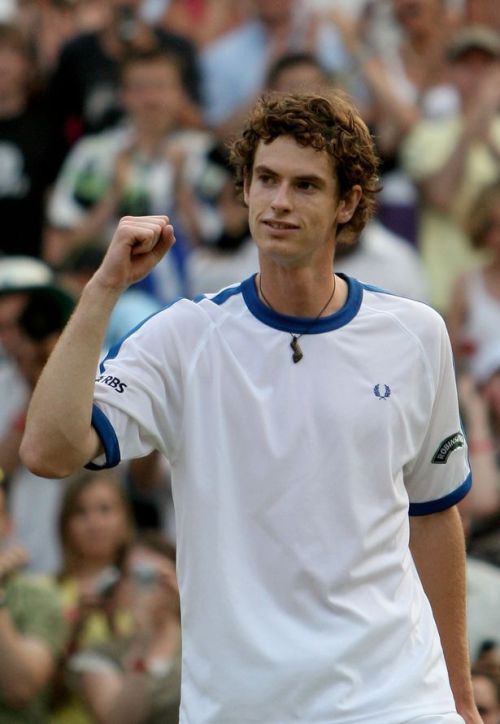


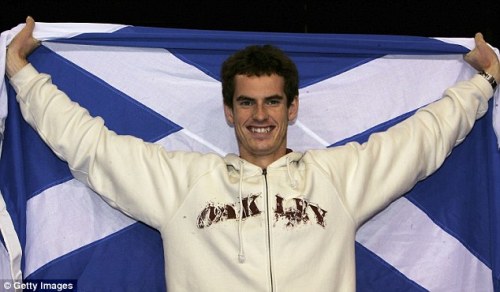



![Michael Llodra playing with his son. Cincinnati 2013. [more] Michael Llodra playing with his son. Cincinnati 2013. [more]](https://64.media.tumblr.com/9a9bd2c0eb47d6e63a49b70f0a8aff7a/tumblr_n051o9nunh1s9sm6qo1_500.jpg)
